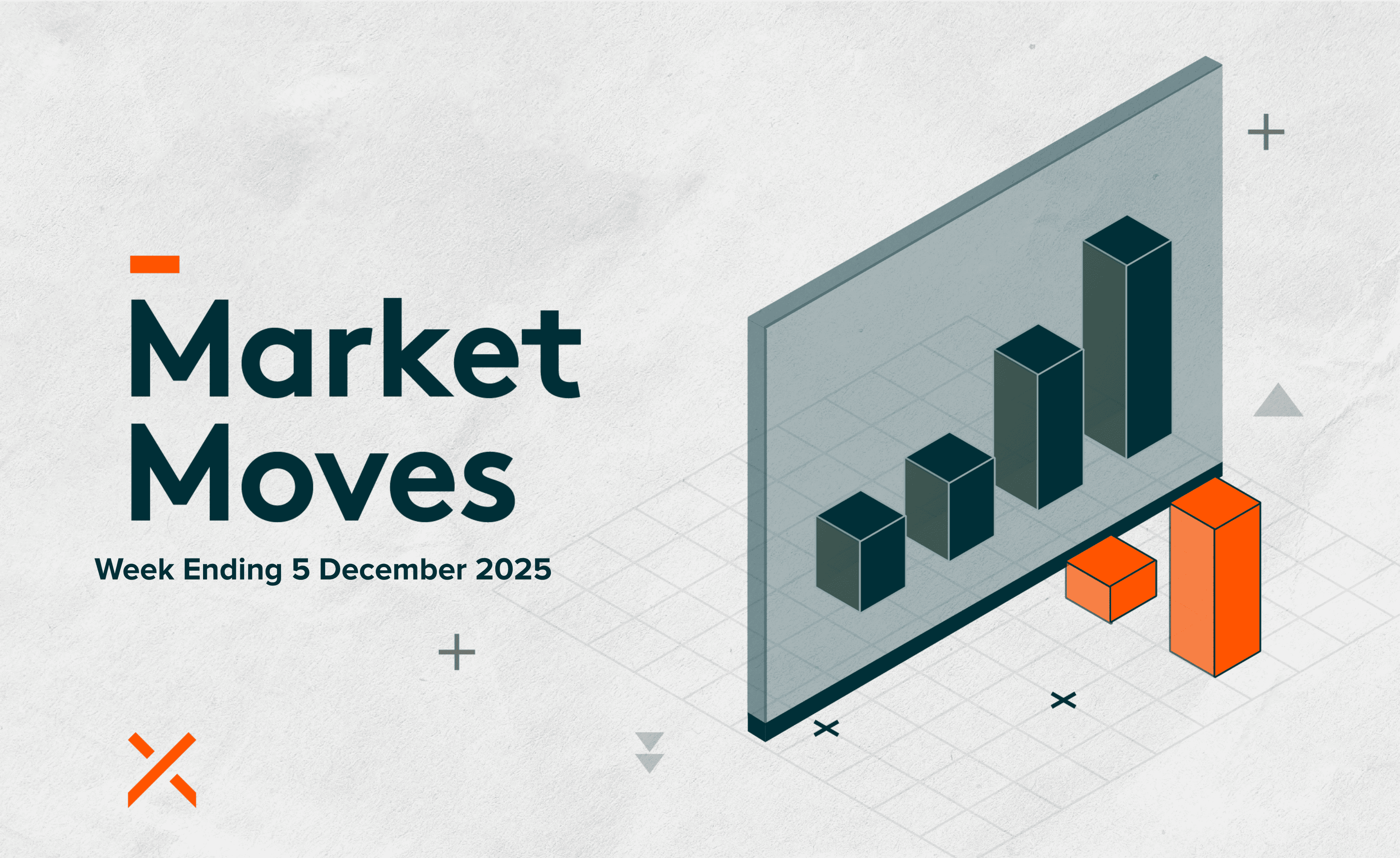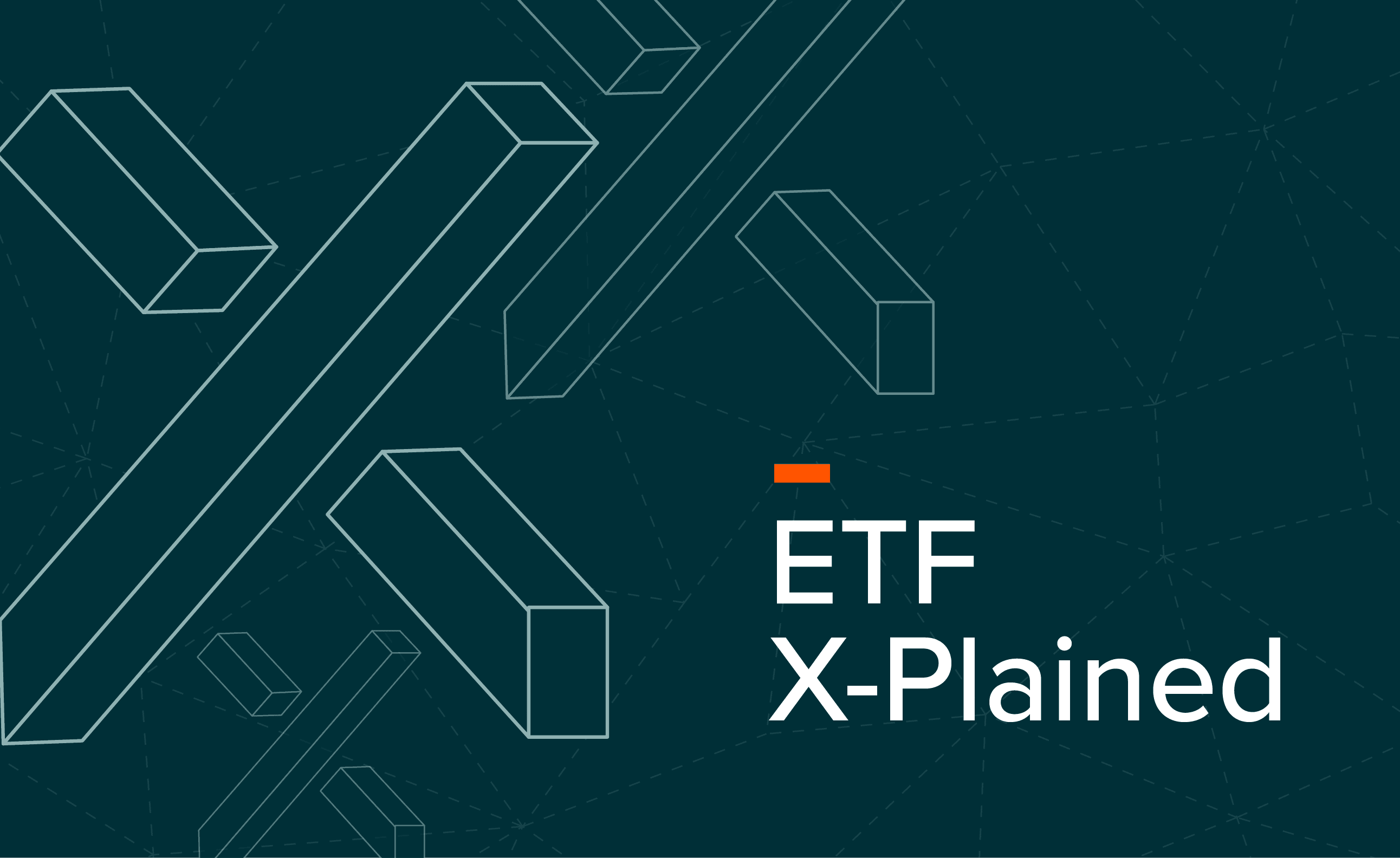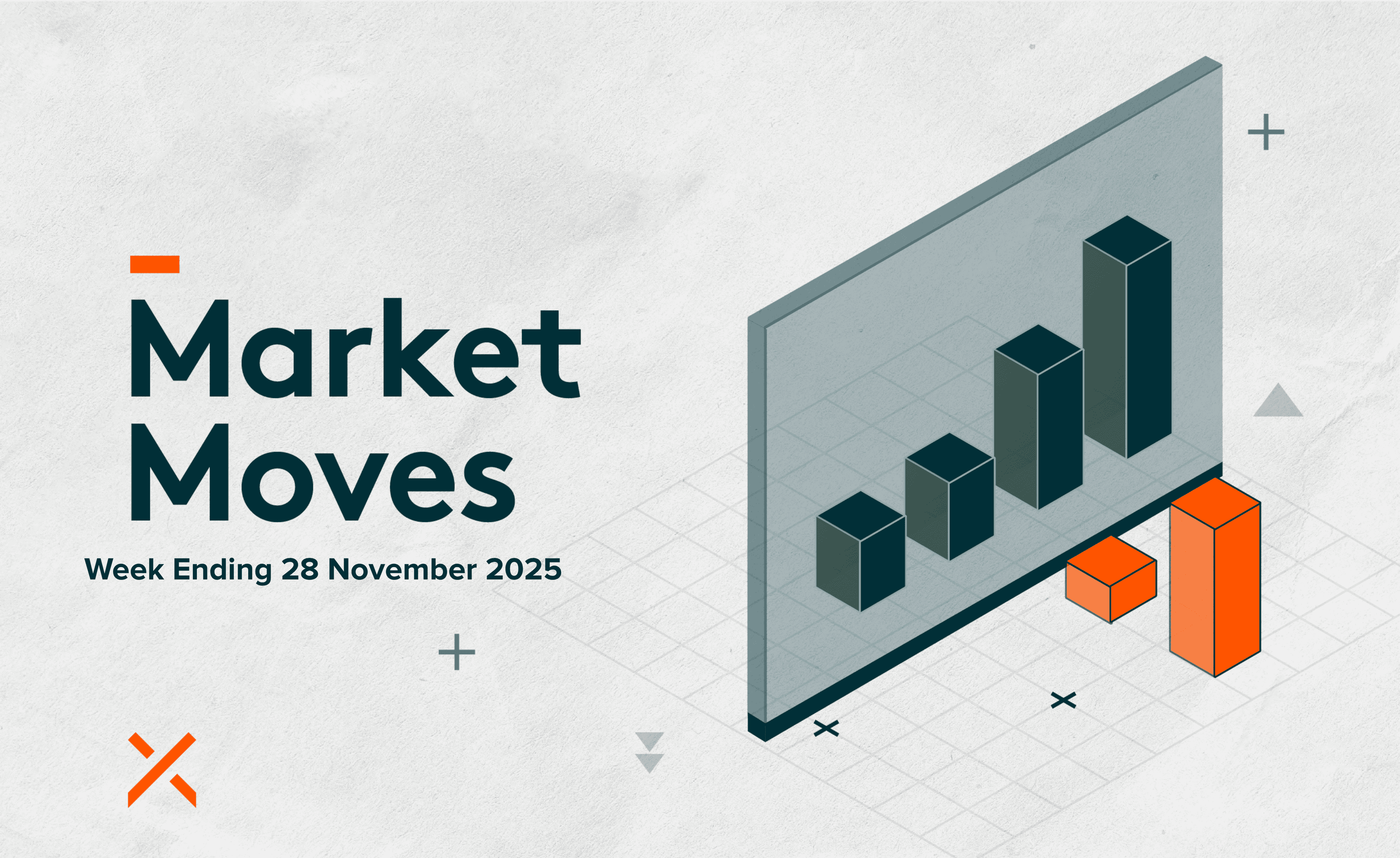Efficiency improvements, including cost reductions from newer models like DeepSeek, are contributing to better return on investment for AI projects. However, these efficiencies do not offset the scale of infrastructure and power investment required to meet future demand. AI-driven power consumption is growing faster than grid capacity, highlighting structural bottlenecks in energy and compute supply.4
Furthermore, this growth is extending beyond the technology sector. AI adoption is accelerating across consumer, financial, and industrial sectors, particularly in Asia and emerging markets. This expansion is creating long-term demand for infrastructure and enablers, as well as opportunities for companies embedding AI into their business models.
Semiconductors Remain Critical to AI’s Growth
The semiconductor cycle provides a clear example of how recent concerns around AI spending have been misunderstood. Short-term headlines around memory oversupply, DRAM pricing pressure, and near-term margin compression, including recent commentary from Micron, reflect cyclical digestion, not structural decline.5 AI-related semiconductor revenues are still expected to surpass US$200 billion this year, driven by demand for high-bandwidth memory, server processors, and interconnect capacity.6
Importantly, the outlook for the broader semiconductor market supports this long-term growth story. The global semiconductor market size is projected to grow from approximately US$600 billion in 2021 to over US$1.3 trillion by 2030, with the largest contribution coming from computing and data storage, the backbone of AI infrastructure.7 This category alone is expected to nearly double over the next five years, underpinned by rising compute intensity and storage requirements from AI workloads.
Beyond core computer chips, the semiconductor value chain is also expanding to support the next phase of AI adoption. Capital equipment spending remains elevated, with growing demand for advanced packaging and inspection tools essential to enable more complex AI models. Additionally, emerging trends such as physical AI, robotics, and AI-enabled edge devices are creating new growth avenues across the semiconductor ecosystem.










